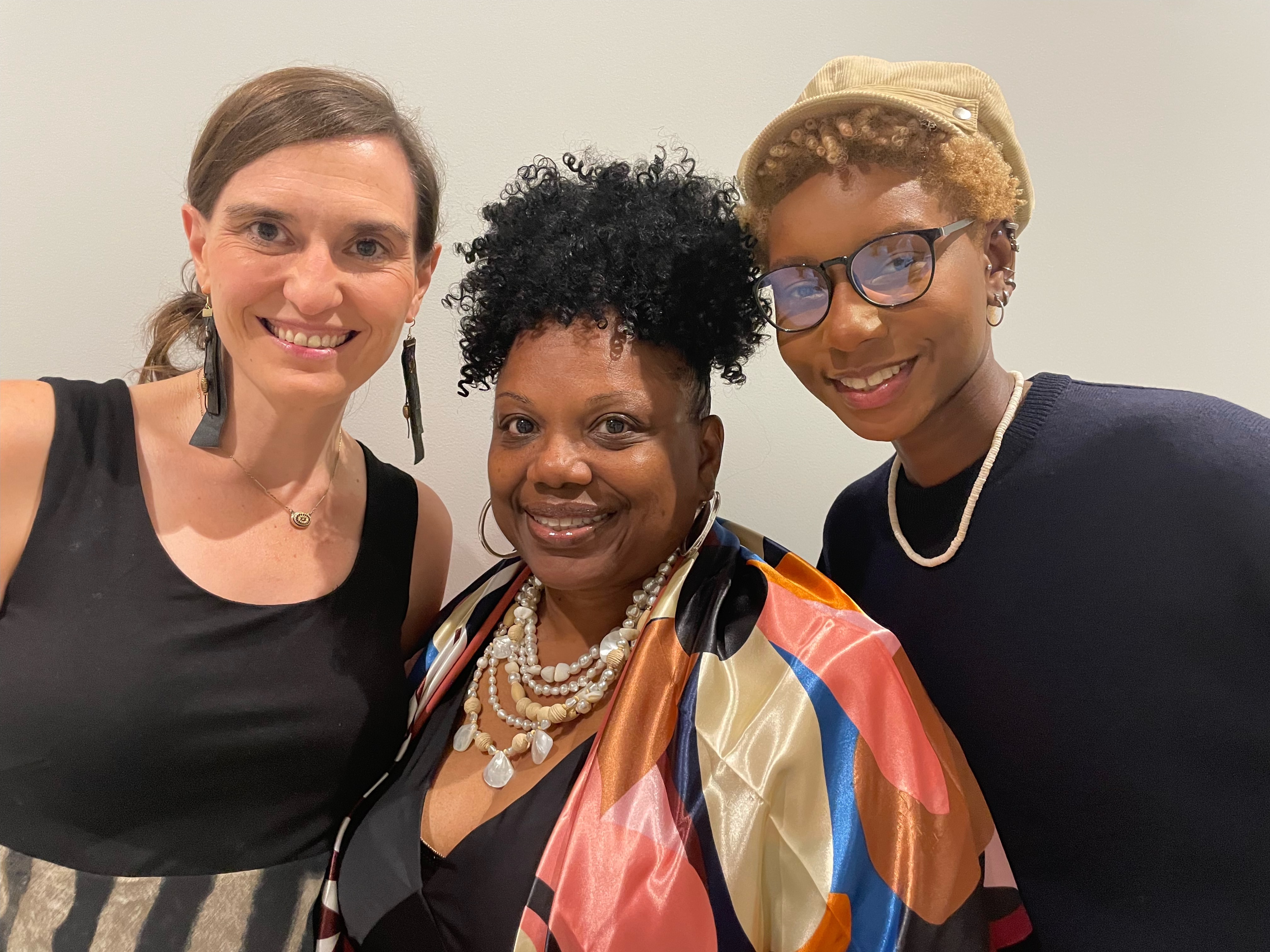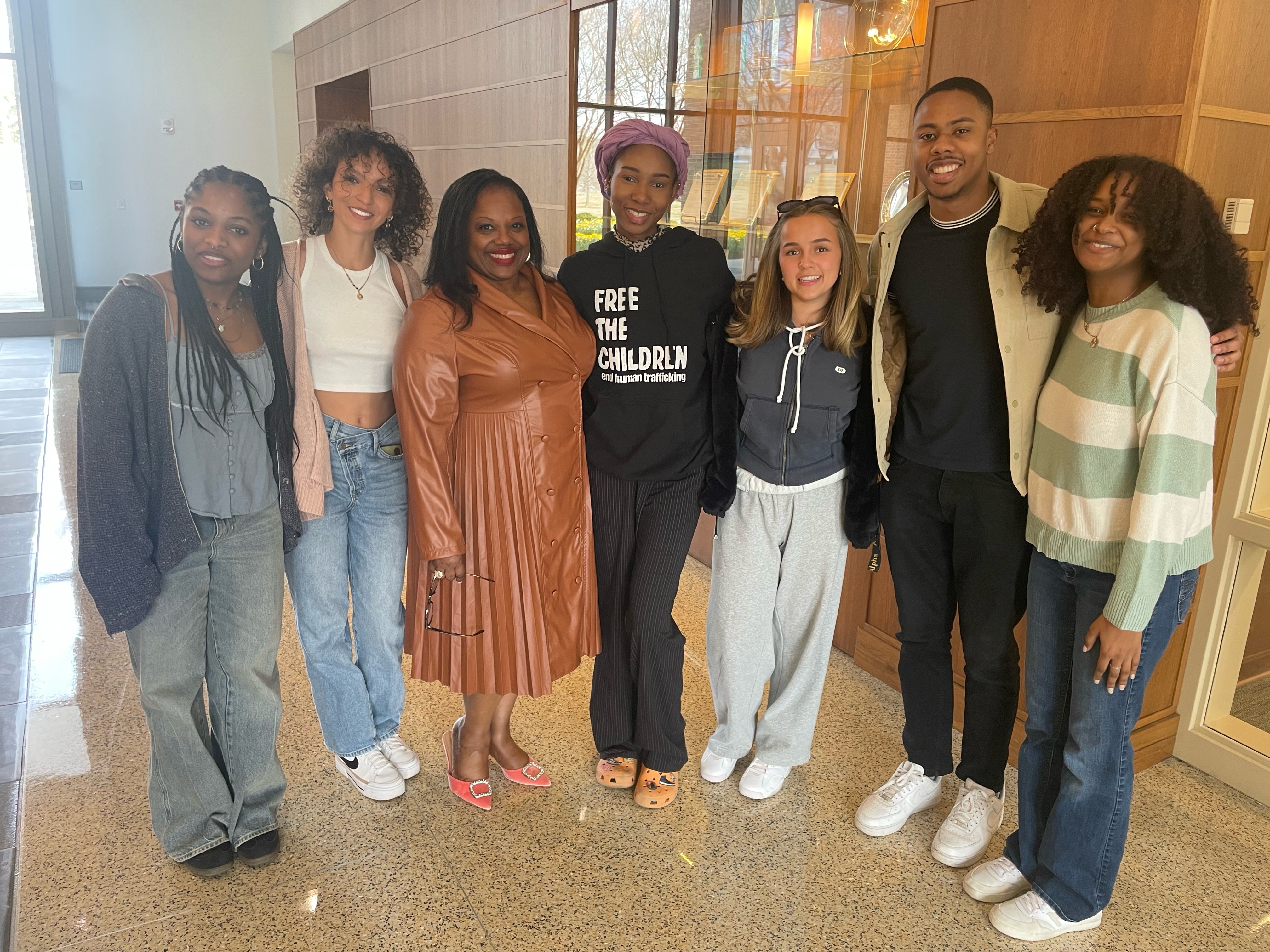Community and university collaborate to share new history of Williamsburg
Downtown Williamsburg is an attractive place for students, tourists and local residents. William & Mary students shop for spirit gear at the Spirit Shop & Bookstore on Prince George’s Street and line up for sandwiches at the popular Bake Shop at the Triangle Building in downtown Williamsburg. Families strolling down Duke of Gloucester, Francis and Nicholson Streets in Colonial Williamsburg marvel at the reconstruction of an 18th century colonial community, the largest living history museum in the world.
Yet these streets were not always places of tourism. Research generated by the Local Black Histories Project has shown that, before the mid-20th century, Black businesses, homes and families were situated along these streets in predominantly Black neighborhoods as well as racially integrated ones.
The Local Black Histories Project, a community-university research collaboration, has undertaken a critical project to examine the early 20th century history of Black communities in Williamsburg. The collaborative research endeavor between Williamsburg community members and William & Mary professors and students brings together deep community engagement with social scientific research. Amy Quark, Professor of Sociology, leads the W&M side of the partnership. Omiyẹmi (Artisia) Green, Professor of Theatre and Africana Studies, has also been a leader in the collaboration.
Jacqueline Bridgeforth Williams leads the community side of the partnership. The Local Black Histories Project stems from a broader organization that she founded in 2016: the Village Initiative, a community organization that seeks to ensure educational equity and social justice in Williamsburg.
 The Village Initiative has become an essential part of the Williamsburg educational and social landscape, providing an abundance of community programming and assistance. Its many programs include, among others, providing over 500 books for children each month through Little Free Libraries, hosting an annual Juneteenth Freedom Celebration and advocating for educational equity within the Williamsburg-James City County school system.
The Village Initiative has become an essential part of the Williamsburg educational and social landscape, providing an abundance of community programming and assistance. Its many programs include, among others, providing over 500 books for children each month through Little Free Libraries, hosting an annual Juneteenth Freedom Celebration and advocating for educational equity within the Williamsburg-James City County school system.
“There are so many gaps in our system. There’s the gap in achievement, the gap in classroom representation and a gap in telling our history. Our work at the Village Initiative is to address those gaps,” Williams said.
The collaborative partnership between the Village Initiative and William & Mary that created the Local Black Histories Project has been powerful.
“I did not fully understand the power of community until we started working on our history within The Village Initiative,” said William. “The community had always been there, always mattered, and wanted to be heard. Now they can be with this collaboration.”
Williams and Quark use the research generated by the Local Black Histories Project to tackle the historical gap and enrich our knowledge of Williamsburg’s past. The project’s website contains an archive of oral histories from the Black descendant communities in Williamsburg and digital exhibits that curate and interpret some of those stories.
“One of the key things that we're working on is trying to bring to life the community that used to live in this area. Who were they? What were their names? What did they do for a living? What did the community look like?” Quark said.
With the assistance Quark has received from the Faculty Grants Fund, she and Williams are working to expand their research on the broader Williamsburg community into the period from the 1920s to 1970s when Colonial Williamsburg was being established.
One of the goals is to understand the transformation of the Black community in Williamsburg as it was displaced in the name of tourism and urbanization in the mid-20th century. The creation of Colonial Williamsburg resulted in the transformation of downtown Williamsburg, as museum and city officials sought to make the area an attractive site for tourism.
Many people living in Williamsburg today are unaware that Black and white residents once lived alongside one another on central streets where the colonial museum now stands. In addition to the Triangle Building, the Williamsburg public library, fire house and police station all sit on land that the city appropriated from Black families under the auspices of “urban renewal.”
A full accounting of the displacement from downtown Williamsburg can be particularly important for young people, Williams said: “The kids need to know about the people who were displaced, about their contributions, and how the kids fit into this pattern, how you and your people fit into history.”
Quark’s training as a sociologist, especially her research and data analysis skills, has been critical to this public-facing project. She notes, however, that it is the collaborative, community nature of the Local Black Histories Project which makes it a success.
“The community is the center of the project,” Quark said. “We create a platform for community members to formally record their oral histories, and we work collaboratively to interpret and contextualize community experiences through archival research and to place them in their broader national context.”
Williams agrees: “This project is about community. It’s about building a community of inclusion where our history matters, is told, and remembered. It’s about building one, unified community where everyone’s history is represented. This is important for our future as a strong community in Williamsburg.”

Quark engages eight William & Mary students as research assistants in the Local Black Histories Project and incorporates the project into her classes. Her students have conducted research locally at the Williamsburg-James City County Courthouse and at the National Archives and Records Administration in Washington, D.C., combing through census documents, property deed records and newspapers.
Annaliese Santana ’24 and Breyonna Rock ’24 are two research assistants on the Project. They have conducted oral histories, contributed to the project’s website and delivered presentations on Black history alongside Village Initiative leaders and descendant community members to local elementary schools as well as at conferences.
Working with the Local Black Histories Project not only helped Santana and Rock develop a wide array of technical research skills but also opened their eyes to broader community issues and their impact.
“I have learned how to critically examine my surroundings and how sociological dynamics play out in real life,” Rock said. “And I have learned that systemic issues, especially as they pertain to Black history, are all connected.”
The Project also helped Santana clarify her post-graduate plans: “The Local Black Histories Project has expanded my knowledge of the Black community in Williamsburg and has allowed me to familiarize myself with places for improvement in the education system. I now know I want to be involved in educational policy after graduation,” said Santana.
Quark believes that students like Santana and Rock are able to gain so much from working on the project because they are learning about issues with an immediate purpose. “It’s motivating because they are contributing to research and goals that matter to people in the community, and they are learning directly from community leaders” she said.
Her students have also become more acutely aware of the history of the area surrounding campus.
“Many familiar landscapes that they know about, like the William & Mary Bookstore, used to be the sites of Black businesses and homes,” Quark said. “That is really powerful and motivating for students because they say, how could we not have known this?”
Quark and Williams’ partnership shows just how powerful and fruitful a collaboration between community and university can be. This is not work that can be done alone; it requires the efforts and voices of all to share this new history.














